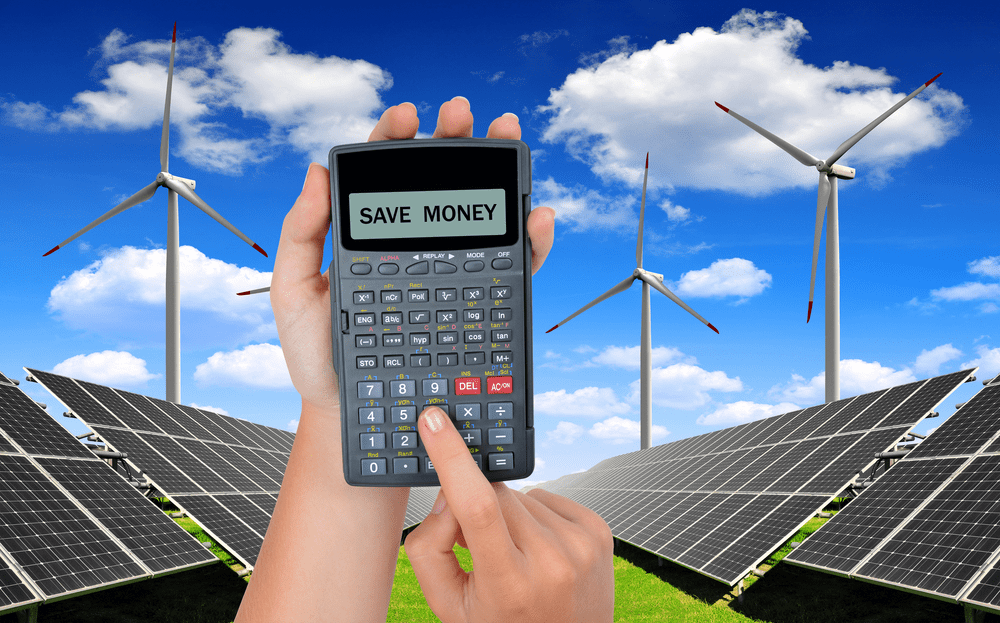Starting the transition to commercial solar electricity requires a grasp of the complex world of prices and expenses. The promise of using solar panels for commercial buildings is alluring, but understanding the complexities of costs is crucial. Understanding the financial environment is essential for making well-informed decisions since it includes information on installation fees, equipment prices, and possible savings. The cost of commercial solar panels is determined by a variety of factors, including panel quality, project size, location, and extras. Today, we will explore the world of commercial solar panel costs, revealing the complexities of the investment and emphasizing the significant advantages and things to think about for companies looking to transition to sustainable energy sources.
Even though solar energy has been available for a while, many businesses still need electricity. On the other hand, companies, government agencies, and nonprofits may drastically lower their carbon footprint in addition to saving money by making the move to solar electricity.
How are solar systems for commercial needs utilized?
Commercial solar panels, like household solar alternatives, capture solar radiation and convert it into electricity for use in powering buildings such as offices, factories, warehouses, and more.
Determining the economic feasibility of industrial solar electricity requires an understanding of its cost. Any company or organization needs to weigh the advantages and disadvantages of making the switch to solar electricity. Businesses may be unable to use industrial solar electricity if the cost is too high.
Businesses can evaluate the possible savings from converting to solar power by calculating the cost of industrial solar electricity. Long-term cost reductions can be substantial if solar energy turns out to be less expensive than regular electricity in certain circumstances.
Furthermore, governments frequently offer financial assistance to establish solar power systems, and the price of solar energy may influence the amount of government support that is available to businesses. Businesses can assess the possible subsidies and tax advantages they may obtain by calculating the cost of solar electricity.
Pricing of solar panels for commercial buildings
The size of the installation, the calibre of the solar panels used, the project’s particular requirements, and the location may all affect the cost of installing commercial solar panels in India. For bigger solar systems for commercial installations, the price usually varied from INR 35,000 to INR 50,000 per kilowatt (kW) as of 2023.
Economies of scale may lower the cost per kW for larger projects. The choice of components and installation business, as well as government subsidies and incentives, can significantly affect the final cost. To obtain an accurate estimate that is specific to the requirements of your project, you must obtain estimates from several vendors and carry out a comprehensive examination.
Cost Breakdown of solar panels for commercial buildings:
Solar panels: Make up a sizeable amount of the installation price. Brand, efficiency, and technology all affect price.
Charges for Installation for Commercial Solar Panel: Labour charges, mounting structures, wiring, and other installation-related fees are included in the installation charges.
Batteries and inverters: Both are necessary parts to store excess solar energy and transform it into usable power.
Maintenance: Take into account the total cost over time for regular checks, cleanings, and sporadic repairs.
Return on expenditure (ROI)
- Solar systems for commercial provide significant long-term power bill reductions, even after the initial expenditure.
- The longevity of the solar panels, government incentives, and energy bill reductions are all taken into account when calculating the return on investment.
In conclusion, businesses looking to save expenses and their carbon footprint may find that investing in solar systems for commercial installations in India is a viable and economical option. Even though the initial outlay may appear high, it is a wise decision given the long-term advantages and favorable environmental effects.

